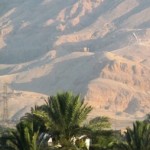
Merneith – The First Queen of Egypt?
Merneith: The First Queen of Egypt? With considerable attention lavished upon the Eighteenth Dynasty, popular TV documentaries, and with a much-visited Mortuary Temple at Deir el-Bahri, many people are aware that the female ruler Hatshepsut reigned as “King” and Pharaoh during the New Kingdom. Many people also know that Queen Cleopatra (Cleopatra VII Philopator) ruled […] [more…]
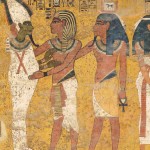
Replicating the tomb of Tutankhamun. Conservation and sustainable tourism in the Valley of the Kings
The closure of the tomb of Tutankhamun, to be replaced by an exact facsimile, has been much reported in the UK media and highlights a number of issues and raises some interesting questions. Although this is largely a discussion about the tomb of Tutankhamun, the tomb cannot be discussed in isolation and is put into the wider context of conservation issues across the royal cemeteries of the West Bank and broader globally-relevant issues of sustainable tourism. [more…]
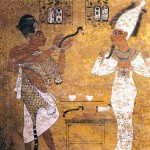
Arthur Cruttenden Mace – Taking His Rightful Place, Part 2
In Part 1, we discovered how Arthur Mace took excellent advantage of a distinguished family name, overcoming the fact that wealth would not play a part in making his dreams a reality. Through education, an apprenticeship with his distinguished relative Flinders Petrie and a devotion to proper artifact conservation, Mace ensured respect from his peers. In Part 2, I will show how Mace continued to make contributions to Egyptology throughout a prolonged illness. His conservation techniques preserved artifacts spanning the Metropolitan Museum in New York to the pyramids in Lisht. Mace’s final acts of preservation, as he worked in the tomb of a previously unknown pharaoh made a name for him, although it may very well may have also contributed to his untimely passing. [more…]
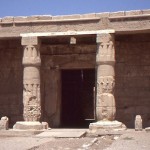
Pleasant living in Amarna
Many houses have been excavated in Amarna over the last century. More than five hundred houses were the subject of studies, one of which was how climate was controlled inside buildings. In this article I will describe some of this research. In present-day Egypt the temperature in summer can easily reach 40 degrees Celsius. At night the thermometer gives much lower values. This big difference in diurnal temperatures is one of the characteristics of the desert climate. Other important aspects are the humidity of the air and the low rainfall. These principles are also applicable to the time of the Pharaohs, as modern scientific research has demonstrated. [more…]
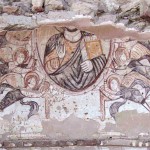
Coptic Heritage in Egypt – Qubbat el-Hawa
There are many important and disappearing sites of the Early Coptic period in Egypt that should at least be considered as world heritage sites. These include Wadi el Natrun in the desert edges of the eastern Delta, the site of an important early Christian monastic tradition, with four functioning monasteries surviving today (and recently put forward to UNESCO for consideration); Kellia, an important monastic site north east of wadi el-Natrun, which demonstrated the ‘bridge’ between the ascetic (lone) monks and the cenobitic (communal). Just as important is the vast Christian cemetery of el Bagawat near the Kharga oasis, with its painted private tomb-chapels, considered to be the oldest and largest Christian cemetery in the world. A few hour’s drive from Luxor it is now an increasingly busy tourist attraction and should certainly be considered for a place on the UNESCO list. [more…]
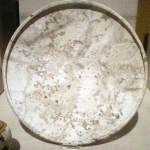
The Pyramids of Zawiyet el-Aryan
By Kate Phizackerley. Published in Egyptological Magazine, Articles on August 14th 2012 The Pyramids of Zawiyet el-Aryan Together with the mask of King Tutankhamun, the Sphinx and pyramids are probably the most readily recognised of ancient images, with countless images published of the Giza pyramids. Rock cut tombs were designed to be covert, but pyramids […] [more…]

The Egyptian items at the Lady Lever Art Gallery, Merseyside
To call William Hesketh Lever an entrepreneur or a visionary would be to pin him down, to imply a limit to the scope and depth both of his personality and his achievements. Lever was both these things, but he was so much else besides. He was a philanthropist, an innovator, a skilful salesman, a marketing genius, politician, eccentric, fanatic, occasionally a tyrant, even on occasion an inventor, a supporter of the rights of women, factory workers and the elderly, an enthusiastic ballroom dancer and always a family man. He made some grim mistakes, particularly with respect to his Pacific and African ventures, but his astonishing contributions to social progress in England are spectacularly praiseworthy, and he was knighted for them. Amongst his various extra-curricular obsessions, which included architecture, ferns and gymnastics, the 1st Viscount Leverhulme was a dedicated collector. [more…]
 By
By 
